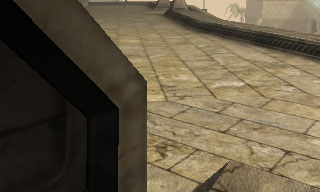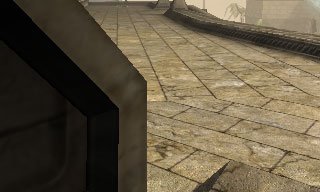Hi there,
ta,
-Sascha.rb
much the same here. Lack of combined trilinear/anisotropic filtering was what made me refrain from buying a Radeon8500, and the "shifting" AF quality (dependend on angle) distracts me greatly when I play first person shooters on friends' systems . . .I'm a gamer and I found the 8500's method worse than disabling anisotropic completely....
ta,
-Sascha.rb


